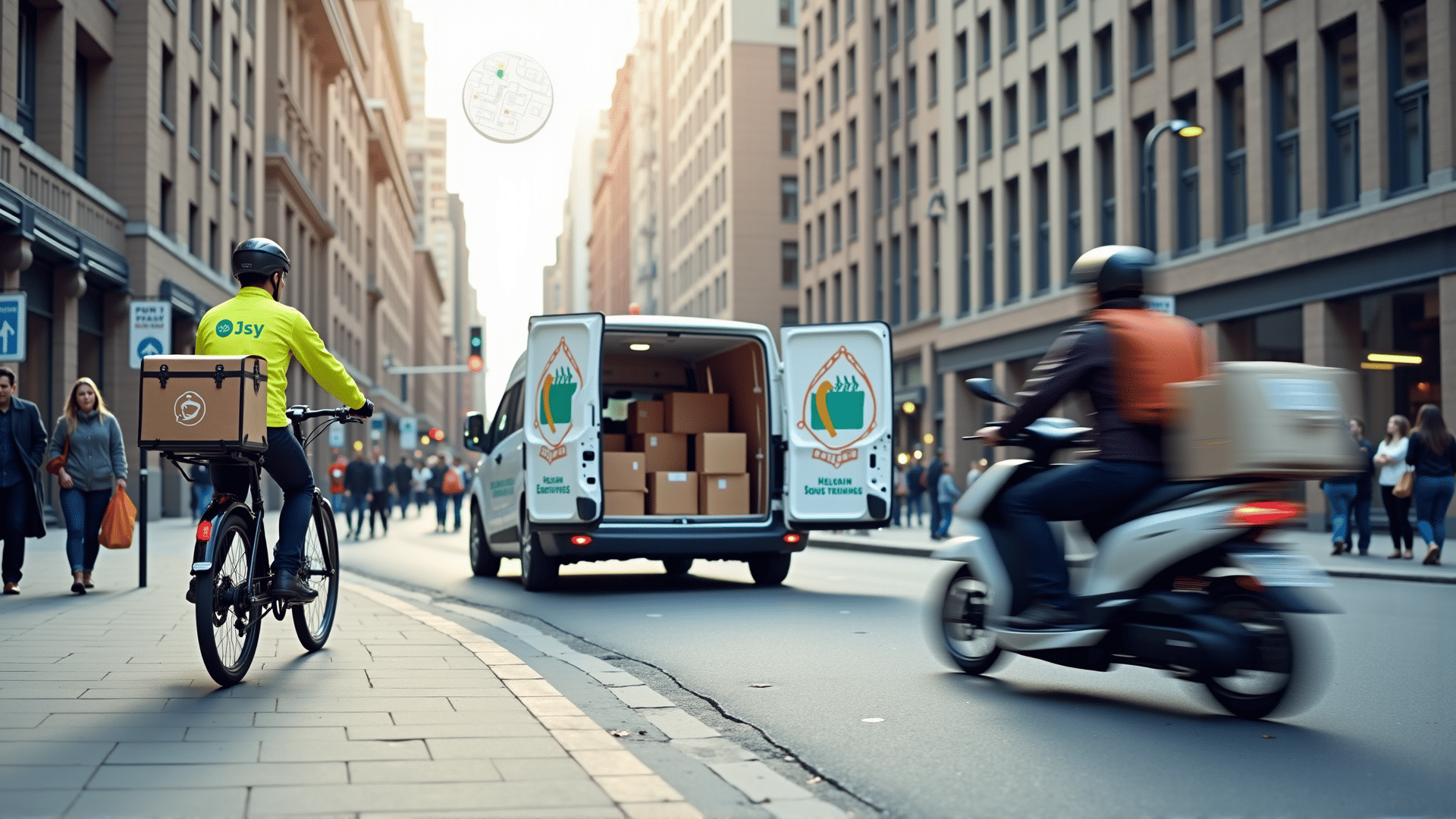In today's fast-paced world, on-demand delivery services have revolutionized the way we access goods and services, seamlessly integrating convenience into our daily lives. These services, which started primarily with food delivery, have since expanded into almost every sector, transforming the logistics landscape and reshaping consumer expectations.
The concept of on-demand delivery is not new. However, the level of sophistication, efficiency, and technology integration we witness today is unprecedented. The rise of smartphones and enhancements in mobile technology have catalyzed the growth of this sector, making it possible for consumers to order anything from a hot meal to groceries, medical supplies, and even furniture from the comfort of their homes.
One key factor driving the success of on-demand delivery services is the ever-increasing consumer demand for convenience and speed. As lifestyles become busier, waiting in lines or making time-consuming trips to stores is less appealing. Instead, people prefer the ability to order just about anything with a few taps on their phone and have it arrive at their doorstep in no time. This shift in consumer behavior has compelled companies to innovate rapidly, adopting sophisticated logistics algorithms and leveraging vast networks of local couriers to ensure prompt delivery.
Furthermore, the COVID-19 pandemic served as a significant accelerant for the on-demand delivery industry. With lockdowns and health concerns curbing traditional shopping methods, many turned to these services as a safer and more convenient alternative. In response, businesses expanded their offerings and optimized their operations, creating robust networks that have persisted beyond the peak of the pandemic.
Beyond the consumer-centric benefits, on-demand delivery services are also transforming the backend logistics and supply chain processes. The use of advanced data analytics allows companies to predict demand with greater accuracy, optimizing inventory management and reducing waste. Moreover, the integration of artificial intelligence and machine learning in route planning helps minimize delivery times and reduce costs, offering a win-win for both consumers and businesses alike.
The profound impact of on-demand delivery extends to the employment sector as well. This industry has spawned countless job opportunities, particularly in the gig economy. While this has provided flexible work options for many, it also poses challenges concerning job security and benefits that companies and policymakers must address.
However, the rapid growth of on-demand delivery services is not without its challenges. Environmental concerns are becoming increasingly significant as the number of delivery vehicles on the road contributes to traffic congestion and carbon emissions. Companies are beginning to address these issues by investing in electric vehicles, bike couriers, and other sustainable delivery methods to mitigate their environmental footprint.
In conclusion, on-demand delivery services continue to reshape the logistics landscape, driven by evolving technology, changing consumer habits, and the pursuit of convenience. As the industry grows, it is poised to become even more integral to our daily lives, offering opportunities for innovation in service delivery, sustainability, and economic growth. However, its continued success will largely depend on how well companies address the challenges of scalability, environmental impact, and gig economy vulnerabilities, ensuring a future where convenience does not come at the cost of societal and environmental well-being.
